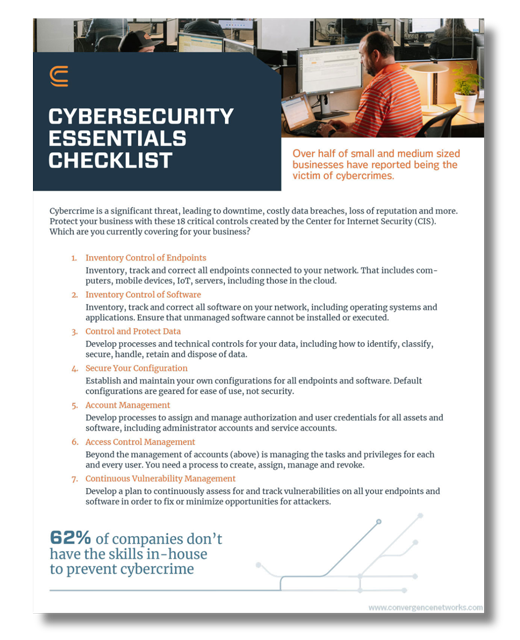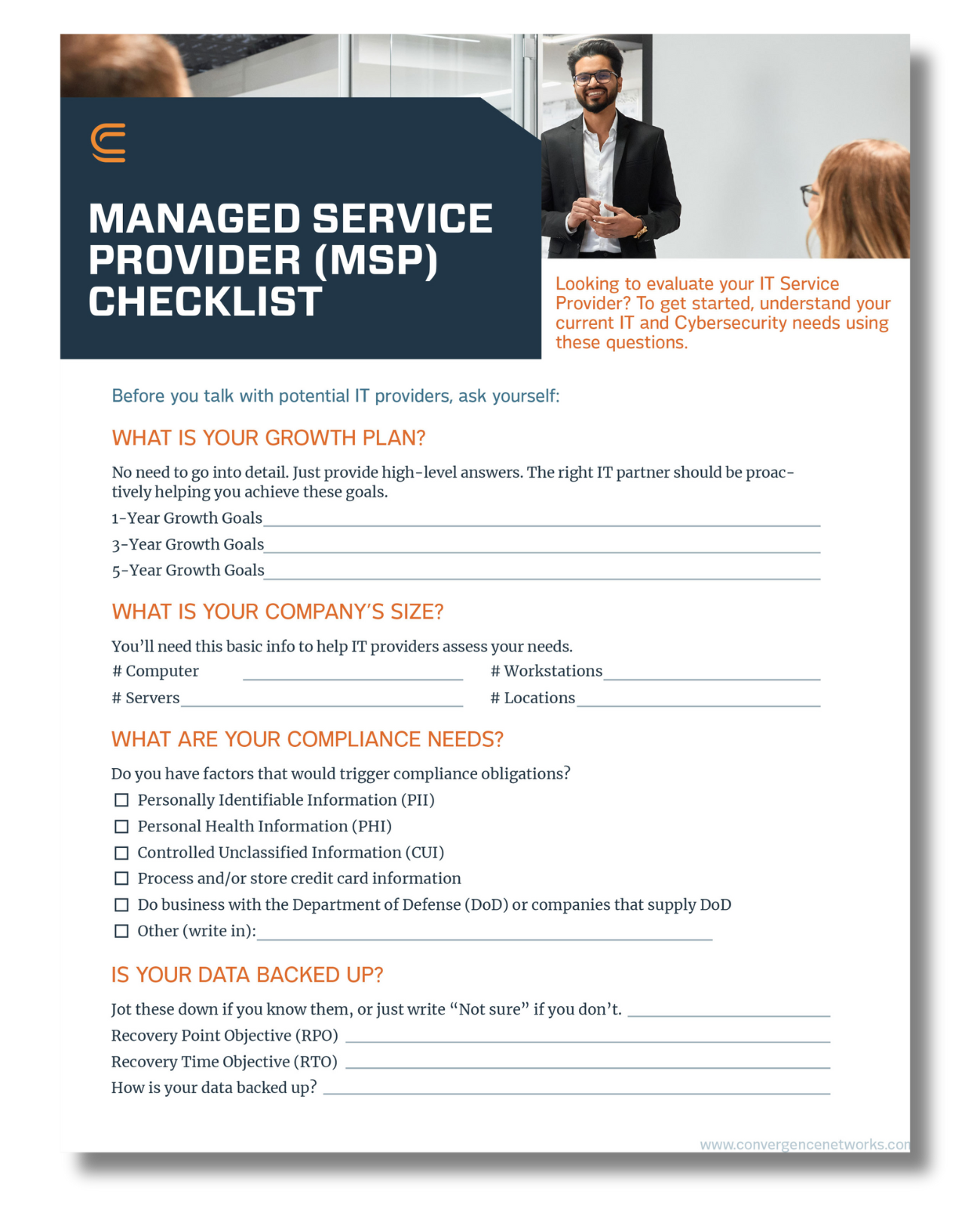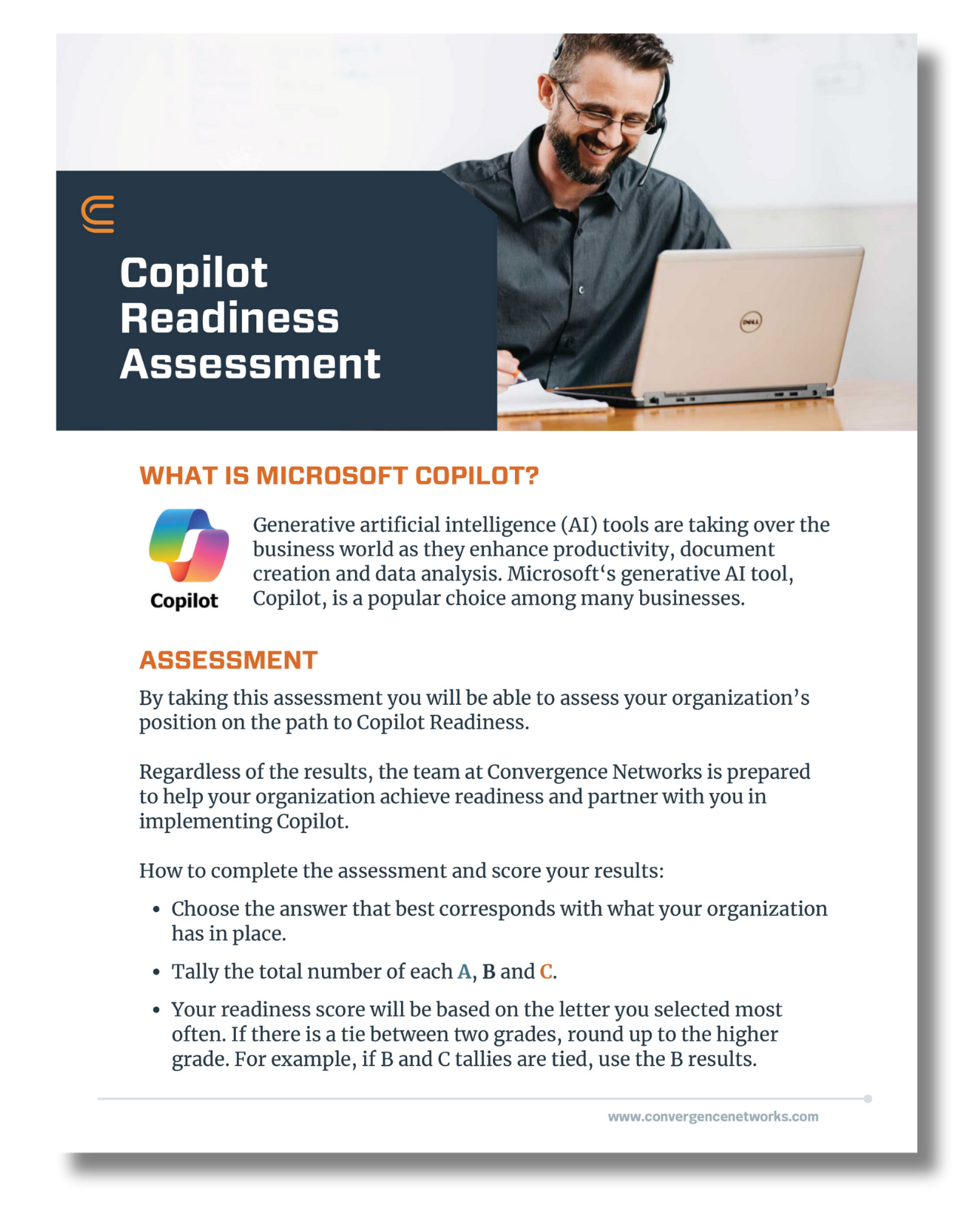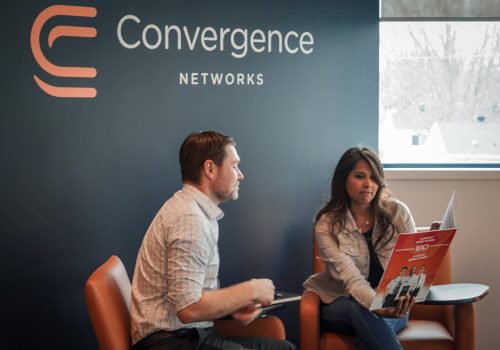In today’s digital age, cyber threats are a growing concern for every business. With companies increasingly relying on technology, cybercriminals are taking advantage of vulnerabilities, making cybersecurity an essential part of running a business.
The 2024 DBIR shows a significant increase in cybersecurity incidents tied to the exploitation of vulnerabilities, nearly tripling since last year. Social engineering and human error continue to be major factors, accounting for 68% of breaches, highlighting the importance of ongoing employee training. Financially motivated incidents also remain prevalent, with ransomware or extortion involved in 62% of these cases, resulting in median losses of $46,000 per breach. Third-party involvement in breaches remains substantial, with 15% linked to external partners like software suppliers and data custodians, emphasizing the need for supply chain risk management.
The importance of protecting your business and customer data can’t be overstated. Strong cybersecurity measures are as crucial to the success of your business as any operational step. Let’s explore some of the most common cyber threats and how to address them.
1. Phishing Attacks.
Phishing is one of the most common forms of cyberattacks and involves deceptive communication designed to steal sensitive data. Attackers send these messages with emails that often resemble official emails from trusted entities, with the intention of convincing recipients to click a malicious link or provide personal information. For businesses, impersonators may create fake websites or even duplicate social media pages to trick customers, posing a threat to the company’s brand credibility and leading to financial loss. Every business must train its employees to identify and handle these deceptive tactics. Use the link below to get a printable brochure with tips on detecting a Phishing Email.
2. Malware Attacks.
Malware is a type of malicious software that can corrupt data and disrupt business operations. Among the different kinds of malware, ransomware has become one of the most prevalent and damaging threats. Ransomware infects systems and encrypts important files, demanding a ransom to restore access. This type of attack can halt your operations, affect productivity, and cause significant financial loss.
Malware commonly spreads through phishing emails, malicious attachments, or compromised websites. To combat these threats, it’s crucial to have robust antivirus software, avoid downloading from insecure sources, and implement regular security training for employees. A strong focus on preventing ransomware is especially important due to its rapid growth and widespread impact on businesses.
3. Man-in-the-Middle (MitM) Attacks
Man-in-the-Middle attacks, also called eavesdropping attacks, occur when an attacker inserts themselves between two parties engaged in a transaction or conversation. Once the connection is compromised, attackers can steal sensitive data or manipulate the exchange. Public Wi-Fi networks are particularly vulnerable to MitM attacks, where attackers intercept unencrypted traffic between devices and the network. Malware-infected devices are also susceptible, as attackers can install software to monitor user activity and siphon sensitive data without their knowledge.
4. SQL Injection Attacks.
SQL Injection Attacks pose significant risks, targeting databases to delete, modify, or take control of data. In these attacks, malicious code is inserted to gain access to sensitive information. The impact of such an attack can be catastrophic.
However, many businesses may not have direct control over whether their applications are vulnerable to SQL Injection attacks. It’s crucial to vet your vendors thoroughly and avoid exposing applications to the internet unless absolutely necessary. By working with trusted suppliers and maintaining secure application environments, businesses can minimize their exposure to these kinds of threats.
5. Credential Stuffing
Credential Stuffing is a type of cyberattack where attackers use previously stolen login credentials, often from data breaches, to gain unauthorized access to accounts. This method takes advantage of users who reuse the same password across multiple services, making it a major security issue.
According to recent studies, credential stuffing accounts for over 80% of web application attacks. In 2024 alone, billions of login attempts were made using this technique, leading to a significant number of account takeovers. Attackers often utilize automated tools to test login credentials across various sites, which makes credential stuffing highly scalable and difficult to detect.
The key to mitigating credential stuffing is to implement strong authentication measures such as multi-factor authentication (MFA) and to encourage users to create unique, complex passwords for different accounts. These precautions make it significantly harder for attackers to gain unauthorized access, even if credentials are compromised elsewhere.
Listen to how an Ethical Hacker/Penetration tester talks about how he was able to exploit vulnerabilities within systems in our recent Webinar.
Tips for Protecting Your Business Against Cyber Criminals
To safeguard your business from these threats, consider the following strategies:
- User Education – Regular training sessions for employees on recognizing phishing attempts and other cyber threats are essential. When users understand the risks and best practices, they become the first line of defense.
- Principle of Least Privilege – Limit access to sensitive data and systems to only those employees who need it for their roles. This minimizes the risk of internal threats and reduces the impact of compromised accounts.
- Real-Time Monitoring – Invest in tools that provide real-time monitoring of network activity. This can help quickly identify suspicious behavior, allowing for swift responses to potential threats.
- Regular Software Updates and Patch Management – Ensure that all systems are kept up to date with the latest security patches to mitigate known vulnerabilities.
- Strong Authentication Measures – Implement multi-factor authentication (MFA) to enhance access security and prevent unauthorized entry into critical systems.
- Network Segmentation – Divide networks into segments to contain breaches and limit the spread of malware in case of an attack.
- Robust Backup Solutions – Maintain secure backups of essential data to facilitate quick recovery in the event of a ransomware attack.
- Incident Response Planning – Develop and test incident response plans to ensure swift and effective responses to cyber incidents.
- Vulnerability Scanning and Penetration Testing – Conduct regular assessments to identify and address security weaknesses proactively. To schedule a vulnerability scan for your business, contact us.
Modern problems come with modern solutions. As hackers become more sophisticated each day, security specialists, are working hard to provide the best security solutions to businesses and organizations. At Convergence Networks, we’re committed to protecting our clients from the latest cyber threats. Our dedicated team of over 200 experts works around the clock to monitor, prevent, and respond to cybersecurity risks. By combining technology with industry experience, we offer tailored solutions that keep businesses safe and resilient against evolving digital threats. Contact us to learn more.















